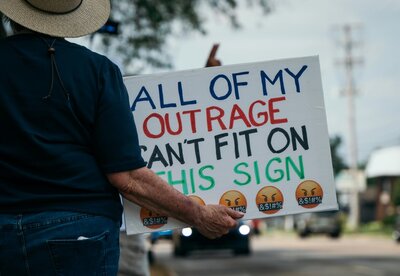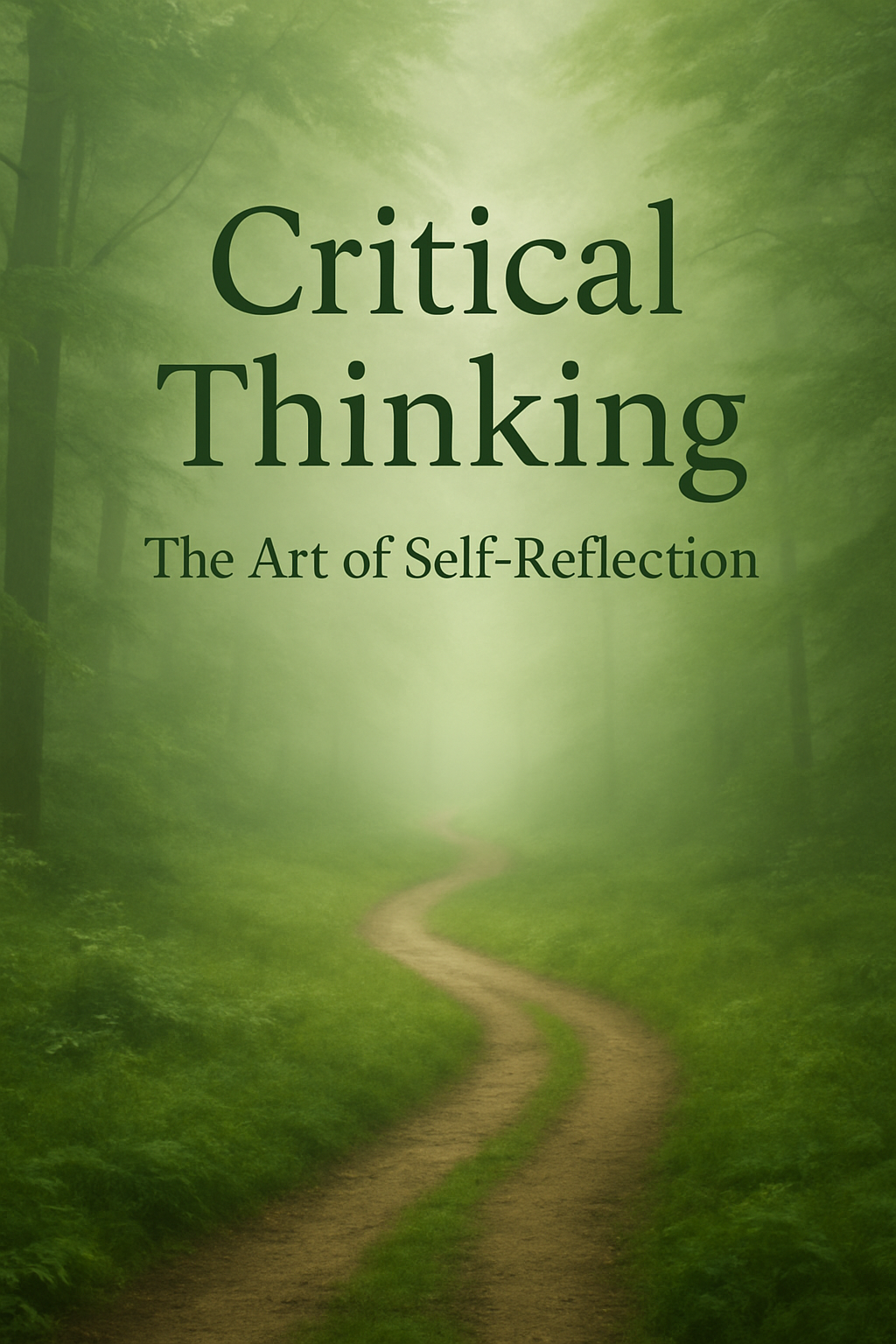Welcome to Quiet Frontier.
Store
Critical Thinking: The Art of Self-Reflection. A short, guided exploration of how thinking actually unfolds, and how it becomes fixed, reactive, or unexamined over time.
Newsletter
Join the Quiet Frontier Newsletter
Quiet Frontier is growing, and you’re welcome to be part of it from the beginning.
Recent Writing

From Consumption to Creation: How Linux Helped Me Reclaim Focus
From Consumption to Creation: How Linux Helped Me Reclaim Focus
I used to sit down at my computer intending to work, a clear task in mind. Yet within minutes, I’d find myself drifting. Not in productive flow, but in a fog of passive consumption. A game of Solitaire here, a mindless scroll through social media there; the siren song of the internet pulling me away from intention and into inertia.

How Do Dogs Know?
A short reflection about dogs and living in the moment.

Life and Linux
In late 2023, I read that Microsoft would end support for Windows 10 in October 2025. Normally, that would just mean a routine upgrade. But this time, it wasn’t so simple. My perfectly good computers weren’t supported by Windows 11.
Perfectly good devices, suddenly declared obsolete. What was Microsoft thinking?
Instead of surrendering to forced obsolescence, I started looking for alternatives. That search led me into the world of Linux. At first, I was skeptical. Could an open-source operating system really replace what I’d relied on for decades? I watched videos, read articles, and finally installed Linux on a single laptop, just to see if it was viable.

Life, Linux and Resilience
A short reflection on technology, adaptation, and resilience — the intersection of life and Linux.

Expect a Miracle
The sharp voice of the cashier slashed through my Sunday meanderings as I weaved through a cluttered discount store, looking for paper plates. I stopped and glanced toward the checkout. I wasn’t the only one. Other customers were gawking too. It must’ve been just after church; the store was packed.
Behind the counter stood a middle-aged woman, scowling at a man fumbling with the card reader. He looked sheepish, trying to swipe his card the right way. The customers behind him were already digging through their wallets and purses, getting ready. No one wanted to be next in line for her frustration.

Asking the Right Questions
How Shifting Focus Builds Self-Awareness and Resilience
Think back to a time when you were treated badly by someone. Maybe it was a stranger; maybe it was someone close. They said something hurtful, or acted inconsiderately, and it stung.
Afterward, when you replayed the event, what question echoed in your mind? For most of us, it’s the same: “Why?”
Why did they say that? Why did they treat me that way?

Cookbooks and Bibles
An Ordinary Life
My mother lived a life many would call ordinary. She was a faithful wife, a quiet presence, and a devoted mother. She attended church regularly and spent much of her spare time reading books that kept her connected to her deep and unwavering faith.
Ordinary. In today’s world, it almost sounds like a failure: no branding, no curation, no attention-seeking. Everyone wants to be unique, to be recognized. But Mom never worried about being special. She wasn’t interested in standing out. She listened far more than she talked, and she had no interest in polishing a personal brand. Her focus was simpler; to make the people around her feel special.

From Outrage To Understanding: Restoring Substance in a Performative Culture
Living Under the Same Roof: Part III
In Part I and Part II, I explored how moral performance thrives in our hyper-connected world, and how cognitive distortions fuel “righteous” anger. To close the series, I want to shift from spectacle to substance: what we can actually do to restore understanding in the spaces we share.
The Cost of Outrage and Performance
We’re wired to explain others’ behavior by their character (“she’s careless,” “he’s malicious”) and our own behavior by circumstances (“I was rushed,” “the system failed”). That bias, the fundamental attribution error, supercharges moral performance. It flattens people into villains and snips away context, making outrage feel justified and dialogue feel pointless.

Theater of Righteousness
Living Under the Same Roof: Part I
When Morality Becomes Performance
There’s a woman standing in a parking spot on the street, holding up her right hand in a “stop” gesture to a driver attempting to park. She’s saving the spot for a friend. In her left hand, she holds her cell phone. The driver, gripping the steering wheel with his right hand, also has a phone raised in his left. They’re filming each other.

Bias, Blame, and Outrage Culture: Why Reflection Matters More Than Being Right
Living Under the Same Roof Part II
In the first part of this series, we examined moral performance and how it contributes to outrage culture.. In this installment, we will take a closer look at that outrage and how it is fueled by cognitive biases and errors.
Fuse, Flame, Fire, and Fallout
We are wired to assign blame. It gives us a sense of control in moments of frustration, as if naming a culprit relieves the tension of not knowing what, or who, to fault. Neuroscience shows that anger is not only emotional, but chemical: it delivers a dopamine surge that feels rewarding, even energizing. Online platforms amplify that surge, because outrage keeps us scrolling, sharing, and arguing. Anger becomes less about truth and more about the payoff of feeling right.

